 Varuna (Sanskrit वरुण varuṇa) is the god of water and is always worshipped in a kalasha (water vessel) with the jala bija वं (vaṁ).
Varuna (Sanskrit वरुण varuṇa) is the god of water and is always worshipped in a kalasha (water vessel) with the jala bija वं (vaṁ).
When the day is divided into two halves (horā) being the daytime and night time, then the two āditya presiding over these halves are Indra (day, Sun, dakṣiṇāyana) and Varuṇa[1] (night, Moon, uttarāyana). These deities are also the guardians of the eastern and western quarters of the universe representing sunrise and sunset which divide the day into horā (half). Varuṇa corresponds to the dark (night) half of the sky and represents the ‘Dark Sun’ (sun in night sky below the horizon) as it travels back from West to East during the night. Hence, Varuṇa is an āditya. He is the lord of the celestial ocean that manifests at night with glowing stars.
Both Mitra and Varuṇa are classified as ‘Asura[2]’ as well as ‘Deva[3]’ in the Rig-Veda. It is evident then that there are two classifications of the deities. (A) Sura or Asura – based on day or night manifestation and (B) Deva or Rākṣasa – based on enlightenment (teaching) or darkness (ignorance). They are the āditya associated with the making and upkeep of oaths, agreements (Mitra) and justice (Varuṇa). As an Asura Āditya (night deity), Varuṇa is mostly concerned with moral matters, keeping a tight vigil on the activities of creatures – particularly nocturnal and societal affairs. He is the personified master of ṛta (order) and his Kāla (W) must follow that of disorder (Nirṛti-SW). He is the supreme keeper of order and carries a noose to drag wrong-doers into the ‘cage of clay’ (rebirth in physical body) and god of natural law and divine justice.
The Rig veda and Atharva veda portrays Varuṇa as omniscient, catching liars in his snares. This strength manifests through the Satabhisāj nakṣatra which has Varuṇa as its devatā and being the 24th nakṣatra, connects with Pisces. The stars are his thousand-eyed spies, watching every movement of men. Stargazers, astronomers and astrologers are in essence, worshippers of Varuṇa being represented by the 12th house in Praśna charts or the sign Pisces in the natural zodiac. Nakṣatra have the cosmic records of the karma of all creatures and nothing escapes the eyes of Varuṇa. These karma that grasp and eclipse the individual creature with ethereal ‘leash and collars’ are the graha (from grahaṇa meaning eclipse). Varuṇa as a lunar (nakṣatra) deity, is depicted as of yellow complexion, wearing golden armor and holding a noose or lasso made from a snake. He rides the sea creature Makara.
Since Varuṇa is associated with the sunset at the western horizon, in many ways he is regarded a great worshipper of Lord Śiva as this is the Rudra gāyatrī. The worship of Śrī Somanāth, the highest jyotirliñga of Lord Śiva, is always done after the worship of Varuṇa in a pot containing holy water. Like Poseidon of Greek mythology, Varuṇa is the lord of waters and has the water bīja वं (vaṁ) which is like a universal panacea. In the daily prayers of the initiated (dvija), Varuṇa is always worshipped for forgiveness of sins (just like Śiva).
[1] इन्द्रावरुणयोरहं सम्राजोरव आ वृणे। ता नो मृळातदृशे॥ १।१७।१
indrāvaruṇayorahaṁ samrājorava ā vṛṇe| tā no mṛḻātaīdṛśe || RV 1-17-1
[2] सम्राजा उग्रा वृषभा दिवस् पती पृथिव्या मित्रावरुणा विचर्षणी। चित्रेभिरभ्रैर् उप तिष्ठथो रवं द्यां वर्षयथो असुरस्य मायया॥ ५-६३-३
samrājā ugrā vṛṣabhā divas patī pṛthivyā mitrāvaruṇā vicarṣaṇī |
citrebhirabhrair upa tiṣṭhatho ravaṁ dyāṁ varṣayatho asurasya māyayā || RV 5-63-3
[3] इयं देव पुरोहितिर्युवभ्यां यज्ञेषु मित्रावरुणावकारि। विश्वानि दुर्गा पिपृतं तिरो नो यूयं पात॥ ७-६०-१२
iyaṁ deva purohitiryuvabhyāṁ yajñeṣu mitrāvaruṇāvakāri |
viśvāni durgā pipṛtaṁ tiro no yūyaṁ pāta || RV 7-60-12
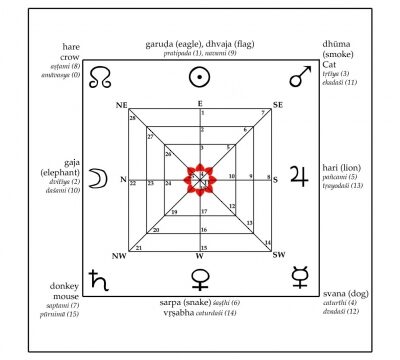

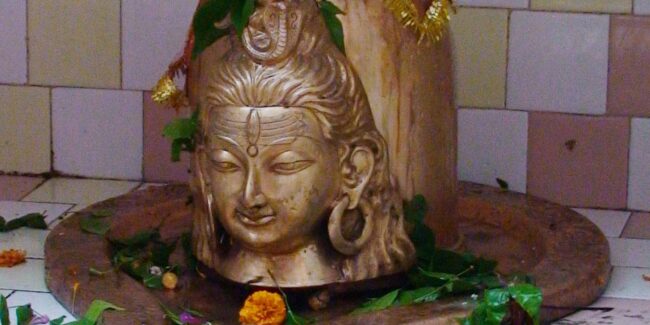
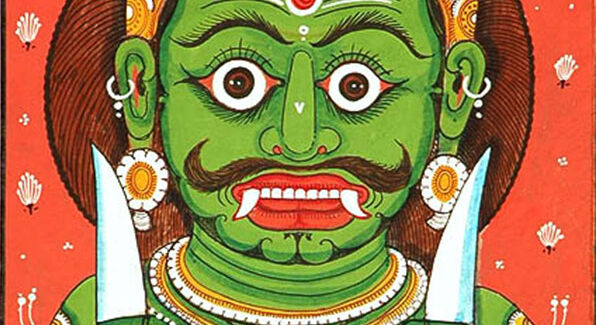
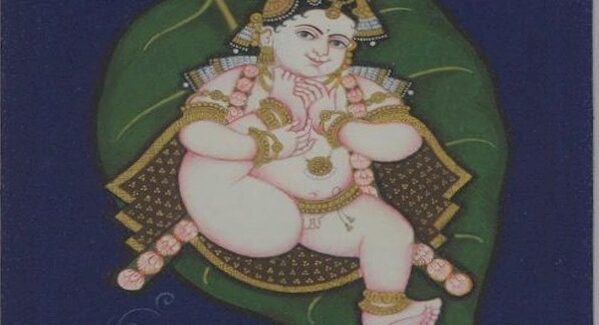
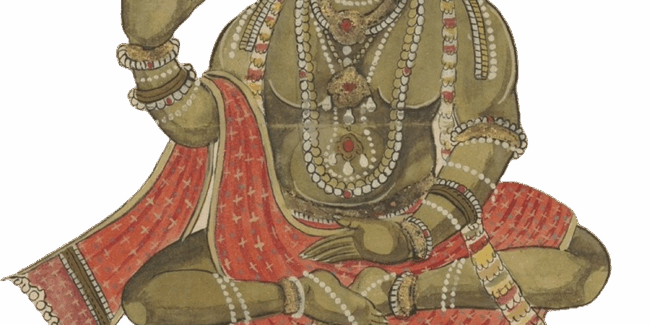
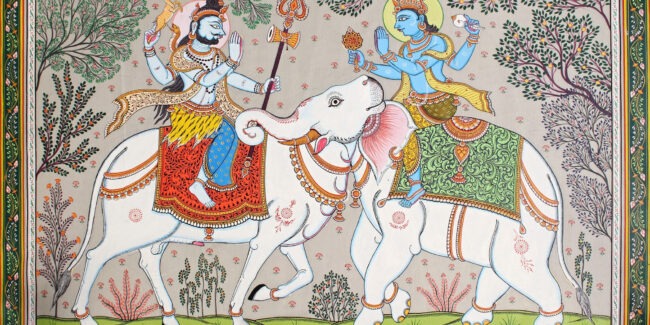
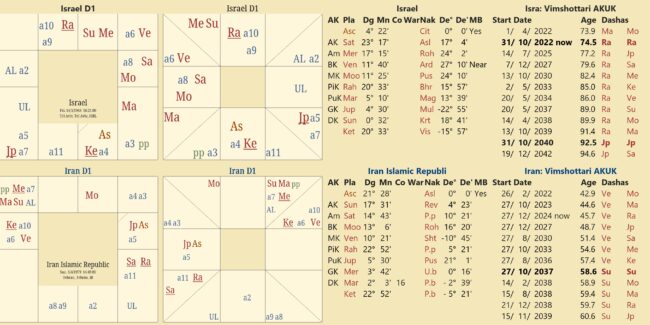
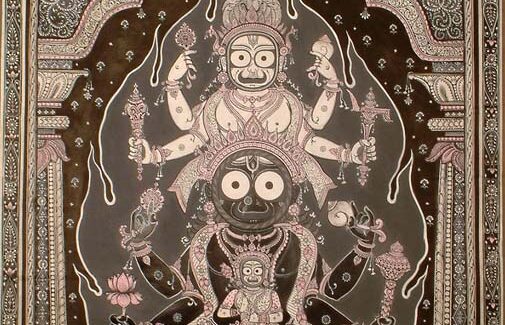
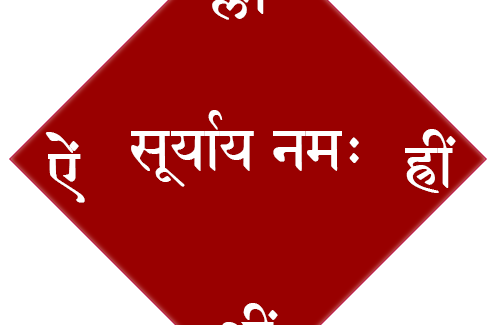
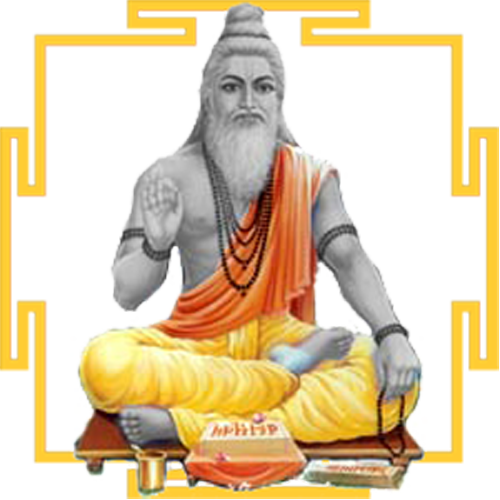 DBC offers online courses in jyotish (Vedic Astrology) taught directly by Sanjay Rath as per the tradition, through narrated power points and other audio tools. The courses are at different levels, from the beginners through the intermediate to the advanced and are known as SoHamsa | DBC courses, with individual classrooms and assistant teachers
DBC offers online courses in jyotish (Vedic Astrology) taught directly by Sanjay Rath as per the tradition, through narrated power points and other audio tools. The courses are at different levels, from the beginners through the intermediate to the advanced and are known as SoHamsa | DBC courses, with individual classrooms and assistant teachers
 Sagittarius Publications is the publisher and distributor the popular quaterly magazine the Jyotish Digest, as well as many thorough books on the subject of Vedic Astrology or Jyotish.
Sagittarius Publications is the publisher and distributor the popular quaterly magazine the Jyotish Digest, as well as many thorough books on the subject of Vedic Astrology or Jyotish. We have an excellent pandit Divākar ‘Deva’ Mishra, who is from the priests of Vindhyāvāsini Siddha Pīṭha to guide you through the hundreds of temples of Kāśi [Varanasi] and neighbouring regions. He can organise your pūjā, keep you safe and take care. He is supported by an English-speaking well-travelled spouse ‘Supriya Mishra’. Please contact them directly for any services, remedial pūjā and tours. They handled the 60+ member Kāśi Jyotiṣa Group 2022.
We have an excellent pandit Divākar ‘Deva’ Mishra, who is from the priests of Vindhyāvāsini Siddha Pīṭha to guide you through the hundreds of temples of Kāśi [Varanasi] and neighbouring regions. He can organise your pūjā, keep you safe and take care. He is supported by an English-speaking well-travelled spouse ‘Supriya Mishra’. Please contact them directly for any services, remedial pūjā and tours. They handled the 60+ member Kāśi Jyotiṣa Group 2022.